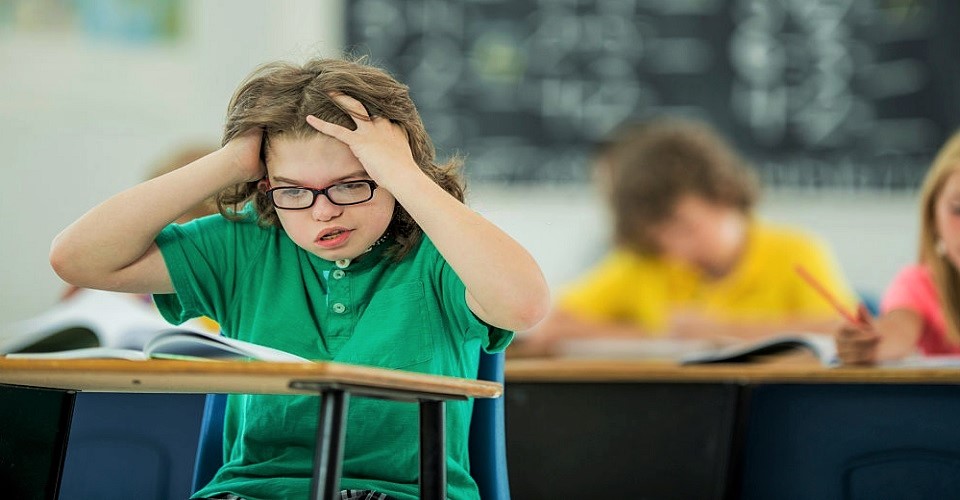Areas of Special Need for Students and Their Importance for Future Educators
14th February 2020

It is never an easy task for the special needs educators to be able to ensure that they deliver the right education to the students under their tutelage, especially the children with special needs. The teachers need to understand quite a few things about making the overall teaching-learning procedure impactful for the students, including the different areas of need for the special needs educators.
Generally, a child or young person has Special Education needs if they have a learning difficulty or disability which calls for special educational provision to be made for them. A child of compulsory school age or a young person has a learning difficulty or disability if he/she:
(a) has a significantly greater difficulty in learning than the majority of others of the same age; or
(b) has a disability which prevents or hinders them from making use of educational facilities of a kind generally provided for others of the same age in mainstream schools or mainstream post-16 institutions.
In this blog, we will have a look at the various areas of need for a special needs student, which must comprise of a crucial part of the education of the future special needs educators, who are currently pursuing the ADHD teacher training courses.
Special educational needs and provision can be considered as falling under four broad areas.
1. Communication and interaction
2. Cognition and learning
3. Social, mental and emotional health
4. Sensory and/or physical
Many children and young people have difficulties that fit clearly into one of these areas; some have needs that span two or more areas; for others the precise nature of their need may not be clear at the outset. It is therefore important to carry out a detailed individual assessment of each child or young person and their situation at the earliest opportunity to make an accurate assessment of their needs.
1. Communication and interaction
Children and young people with Special Education Needs may have difficulties in one or more areas of speech, language and communication. These children and young people need help to develop their linguistic competence in order to support their thinking, as well as their communication skills. Specific learning difficulties such as dyslexia or a physical or sensory impairment such as hearing loss may also lead to communication difficulties. The learners of the ADHD teacher training courses should understand the nitty-gritty about these problems that they might have to face in terms of communication and interaction with the young learners and make the overall teaching-learning procedure more impactful and incisive with time.
2. Cognition and learning
Children and young people with learning difficulties will learn at a slower pace than other children and may have greater difficulty than their peers in acquiring basic literacy or numeracy skills or in understanding concepts, even with appropriate differentiation. They may also have other difficulties such as speech and language delay, low self-esteem, low levels of concentration and under-developed social skills. Children and young people with a learning difficulty are at increased risk of developing a mental health problem. They may need additional support with their social development, self-esteem and emotional well-being. The future educators who are currently pursuing ADHD teacher training courses need to inculcate the various ways by means of which they can help in the development of the children under their tutelage and ensure their development in a proper manner.
3. Social, mental and emotional health
For some children and young people, difficulties in their emotional and social development, can mean that they require additional and different provision in order for them to achieve. Children and young people who have difficulties with their emotional and social development may have immature social skills and find it difficult to make and sustain healthy relationships. These difficulties may be displayed through the child or young person becoming withdrawn or isolated, as well as through challenging, disruptive or disturbing behaviour. The future educators will have a challenge in their hands if they are not able to understand this particular area of problem and work towards the solution of the aforementioned problems in co-operation with the students with special needs in order to create an atmosphere conducive for their holistic development.
4. Sensory and/or physical needs
There is a wide range of sensory and physical difficulties that affect children and young people across the ability range. Many children and young people require minor adaptations to the curriculum, their study programme or the physical environment. A future special needs educator should have a thorough understanding regarding the same and provide the best possible inputs in order to ensure that they can come up with the most feasible solutions that will help in satisfying this particular area of need for the children with special needs under their tutelage.
There are certain difficulties that can make the teaching-learning procedure not enough impactful for the children with special needs, which can cause a lot of difficulties for the special needs educators in terms of the delivery of the course content to the young learners. However, with the teachers understanding and addressing the aforementioned areas of need, it will certainly be better for all the students with special needs as well as the teachers in charge of their education and development, who are currently pursuing the ADHD teacher training courses.

